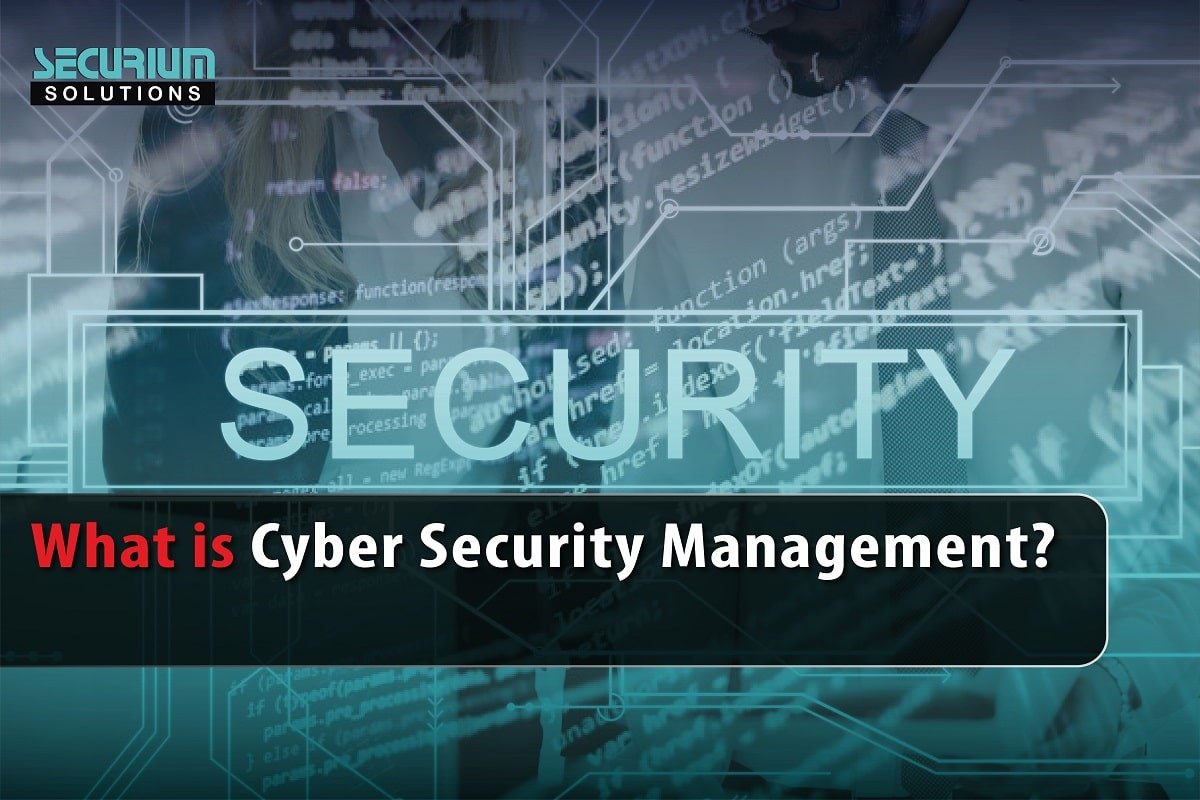As for cybersecurity management, it is simply the process of safeguarding an organization’s information and resources from cyber threats. This includes anticipating the risks, putting in place security mechanisms to avert them, and dealing with any subsequent incidents.
All these things depend upon the CIA triad. If any company or individual implements the CIA triad in a correct manner then the company can be called a secure company.
CIA signifies the terms Confidentiality, Integrity, and Availability. Each of the words has a description.
Confidentiality is the term that explains protecting sensitive information such that it’s only available to persons and systems who have permission. Its protected and can usually be achieved by encryption, limited access structure, and additional measures that deter other parties from gaining access to sensitive information.
Integrity explains enabling trust in the information being accurate, complete and protected from unauthorized amendments. Integrity is important because information must be trusted to be used. Integrity controls include the access control, defines the permissions, and logs the actions.
Availability is the assurance that relevant information is accessible by authorized personnel when needed. It is critical to facilitate information usage for decision-making and accomplishing imperative tasks. Maintaining availability is often accomplished through redundancy, backups, and disaster recovery plans.
Establishing a security framework employs one of its first functions as conducting a risk evaluation analysis. This includes defining a company’s information and its assets along with associated sensitive data and defining potential threats which could risk these assets. Outcomes from the risk evaluation analysis would construct a foundation for a security strategy. This strategy is expected to be not static, but rather dynamic and adaptable.
A security policy is a practical guideline stemming from the security objectives. A technical control must include the installation of automated barriers to entry known as firewalls, intrusion detection system, and data encryption. These factors could ensure reduction in the possibility of a cyber attack.
A different dimension of cybersecurity management is user education and awareness about the risks. These can be about teaching employees to identify potential threats like phishing or social engineering attempts and creating rules about how to help manage the sensitive information and how to act in security issues.
Alongside implementing these preventative strategies, companies should prepare an incident response framework. This framework should detail the processes to follow in the event of a cyber attack, including whom to alert, what containment measures to implement, and formulate strategies for post-attack recovery.
In summary, cybersecurity management requires a persistent effort of reinforcement surveillance and modification of the organization’s defined security controls, policies, and procedures. Organizations can defend against cyber attacks if they remain alert and attempt to mitigate risks and potential threats before they materialize.
Today every company, regardless of its size and area of specialization, should integrate effective cybersecurity management into their business operations to mitigate cyber threats. Businesses have to ensure that their employee’s cybersecurity hygiene is up to par so that they do not open dangerous documents. Attacks on companies usually begin with socially engineering their employees.




